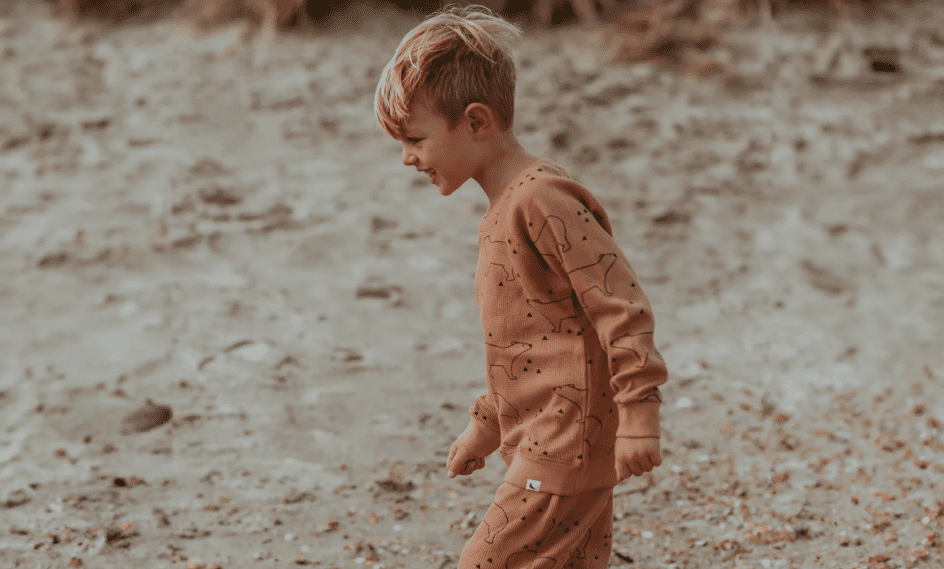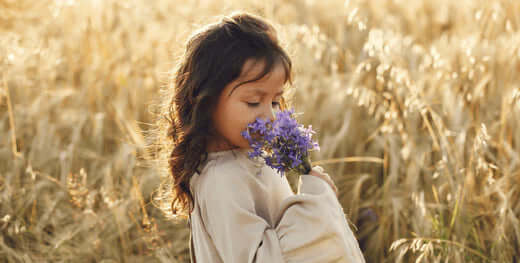1. What makes children's clothing 'sustainable'?
Sustainable children's clothing is made from environmentally friendly materials such as organic cotton or recycled fabrics. It is produced under fair working conditions and the manufacturers ensure a low ecological footprint through reduced water and energy consumption.
2. Why is sustainable children's clothing often more expensive?The cost of sustainable children's clothing is often higher because producing environmentally friendly materials and maintaining fair working conditions result in higher production costs. However, these clothing are often more durable and toxin-free, making them a economically viable choice in the long run.
3. How can I ensure that the clothing is truly sustainable?
Look out for certificates such as GOTS (Global Organic Textile Standard), Fair Trade or the EU Ecolabel, which guarantee sustainable production. So, check brands' transparency and sustainability reports.
4. Can sustainable children's clothing reduce allergic reactions?
Yes, because sustainable children's clothing is often free of harmful chemicals and pesticides that can be found in conventional clothing, the risk of allergic reactions is lower.
5. How do I care for sustainable children's clothing to maximize its longevity?
Wash clothes at low temperature and avoid tumble drying. Use environmentally friendly detergents and follow the care instructions on the label. Avoid chemical cleaners as they can damage the materials.
6. Is there a difference in quality between sustainable and conventional children's clothing?
Sustainable children's clothing is often made from higher quality materials, resulting in better durability. It is also typically gentler on the skin as it is free of harmful chemicals.
5. How can I involve my children in the process?
Talk to your children about sustainability and let them have a say in choosing clothing.








